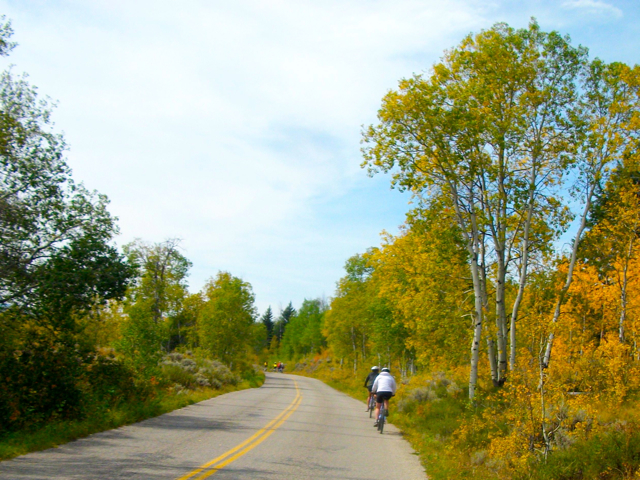Two Route 176 underpasses have been under construction all summer, and as of a few days ago, the Fort Hill Trail (Lakewood Forest Preserve) underpass is completed and open. Previously, the trail began at the intersection of Route 176 and Fairfield Road, from which point it left the Millennium Trail, crossed Fairfield, ran alongside the dog exercise area, then to and through the former Four Winds Golf Course, and then into Ray Lake Forest Preserve.
The trail now begins at the winter sports parking area which is on Fairfield Road, just south of Route 176. Here's the view from that parking lot. The Millennium Trail runs from left to right and the Fort Hill Trail runs straight ahead in this photo...
...and then curves around some woods, and then you'll find yourself here...
The construction progress of the underpass was interesting to watch and was easily observed because the Ft. Hill Trail ran along the dog exercise area and took you right past the work site.
Here you see the Route 176 traffic has been moved to temporary lanes and the foundation for the northern half of the underpass has been poured (click to enlarge photos)...
Here work is progressing on the walls of the tunnel, and the foundations for the wing walls on each side have also been laid...
Forms for pouring the roof of the tunnel are being framed in here and you can see the worker atop the framing to the left of the red ladder. Forms for the wing wall are also being erected...
The tunnel concrete has been poured in this shot, part of the left side wing wall is done, and the forms erected for the rest of the wing walls on both sides...
And finally, the concrete work is done here, and after the drainage was installed, gravel, dirt, and paving were applied onto the tunnel roof, traffic was moved over to the finished portion, and work began on the southern half of the underpass...


















































